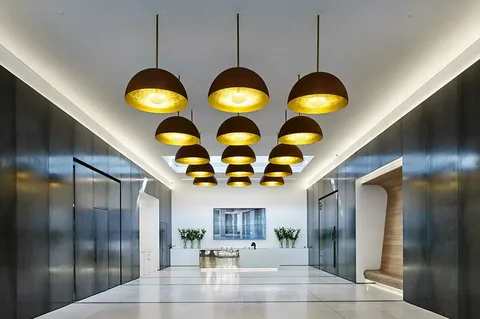In recent years, the creative industries have witnessed a dramatic transformation, largely driven by the rise of Generative AI (GenAI). From art and music to writing and design, generative artificial intelligence is revolutionizing how content is created, pushing the boundaries of creativity. Artists, designers, and content creators now have access to a range of tools that enable them to produce innovative work faster and more efficiently than ever before. This technological shift not only democratizes creativity but also opens up new possibilities for those who may not have had access to traditional artistic platforms. The rapid GenAI adoption in creative fields marks a significant turning point, and its impact is still unfolding.
The Rise of Generative AI Models
At the core of this transformation are generative AI models, which use complex algorithms to generate content that mimics human creativity. These models are trained on vast amounts of data, allowing them to understand patterns, styles, and preferences across various artistic domains. As a result, generative AI tools can create anything from lifelike images and realistic music compositions to compelling narratives and innovative designs. With the development of these models, industries that once required highly specialized skill sets can now leverage the power of AI to produce professional-quality content in less time.
One of the most remarkable aspects of these models is their ability to adapt and learn over time. As users interact with generative AI models, the system continuously improves, offering increasingly sophisticated and personalized outputs. This GenAI implementation allows creators to push their own creative limits by providing them with new ideas, insights, and inspirations that they might not have considered before. The flexibility and responsiveness of these tools have made them an invaluable asset in fields where innovation and originality are crucial.
The Role of Generative AI Tools in Modern Creativity
Generative AI tools have emerged as game-changers in creative industries by offering artists an unprecedented level of freedom and efficiency. For instance, designers can now use AI to generate new visual concepts, quickly iterate on ideas, and explore variations that would have been time-consuming or even impossible using traditional methods. In the music industry, AI is used to compose new pieces by learning from existing genres, offering fresh compositions that blend styles in innovative ways. Writers are also utilizing these tools to generate plot ideas, dialogues, and even complete stories, enhancing their creative processes.
These tools empower creatives to take their work in entirely new directions, enabling them to break through the limitations imposed by their own skills or time constraints. The ease of access and low cost of generative AI tools have made them accessible to both professional creators and hobbyists, opening up a world of possibilities. As GenAI adoption continues to grow, more individuals and companies are discovering the potential of these tools to amplify their creative output.
Challenges and Considerations in GenAI Adoption
Despite the many benefits of generative AI in creative industries, there are challenges and ethical considerations that need to be addressed. One concern is the potential for AI-generated content to replace human creators, leading to job displacement. However, rather than replacing artists, generative artificial intelligence is seen more as a collaborative tool that enhances the creative process. Artists can use AI as an assistant, automating repetitive tasks while focusing on the more conceptual aspects of their work.
Another issue is the question of originality and authorship. As generative AI tools become more sophisticated, it becomes harder to distinguish between human-created and AI-generated content. This raises questions about intellectual property and the ownership of AI-generated works. It’s crucial for industries to establish guidelines and legal frameworks to address these concerns as GenAI implementation becomes more widespread.
The Future of Creative Industries with GenAI
Looking forward, the role of generative AI in the creative industries is poised to expand even further. The continuous advancements in AI models are likely to bring even more innovative applications to the table. For example, AI-driven virtual reality (VR) and augmented reality (AR) experiences could open up new ways for creators to interact with their audiences, blending the physical and digital worlds in ways that were previously unimaginable. In the film and gaming industries, GenAI could be used to generate entire worlds, characters, and narratives, offering a level of immersion and creativity that surpasses traditional methods.
Furthermore, the integration of AI with other emerging technologies such as blockchain could enable creators to monetize their work in novel ways, ensuring that artists retain control and ownership over their creations. As more industries explore the potential of GenAI, the boundary between human creativity and machine-generated content will continue to blur, giving rise to new forms of artistic expression.
Generative AI is undeniably breaking barriers in the creative industries, reshaping how content is created, shared, and experienced. With the rapid GenAI adoption across various fields, from design to writing and beyond, the possibilities are endless. As generative AI models evolve and more sophisticated tools become available, the collaboration between human creativity and artificial intelligence will continue to push the boundaries of innovation. While challenges such as ethical concerns and job displacement remain, the overall impact of generative artificial intelligence is undeniably transformative. As we look ahead, the future of creativity lies in the synergy between human imagination and the powerful capabilities of GenAI, unlocking new realms of artistic potential and expression



